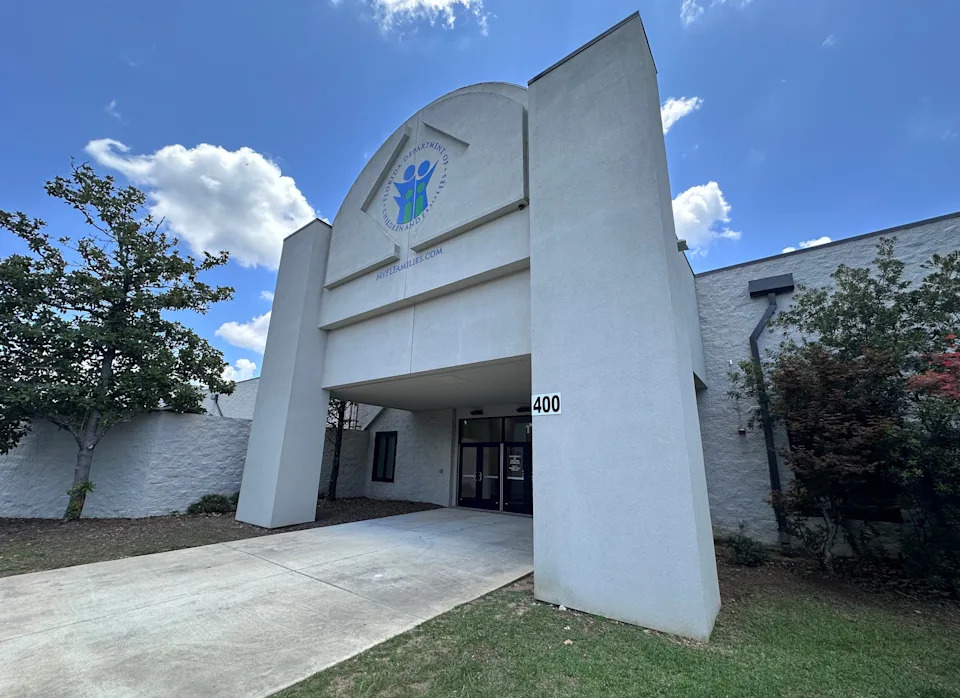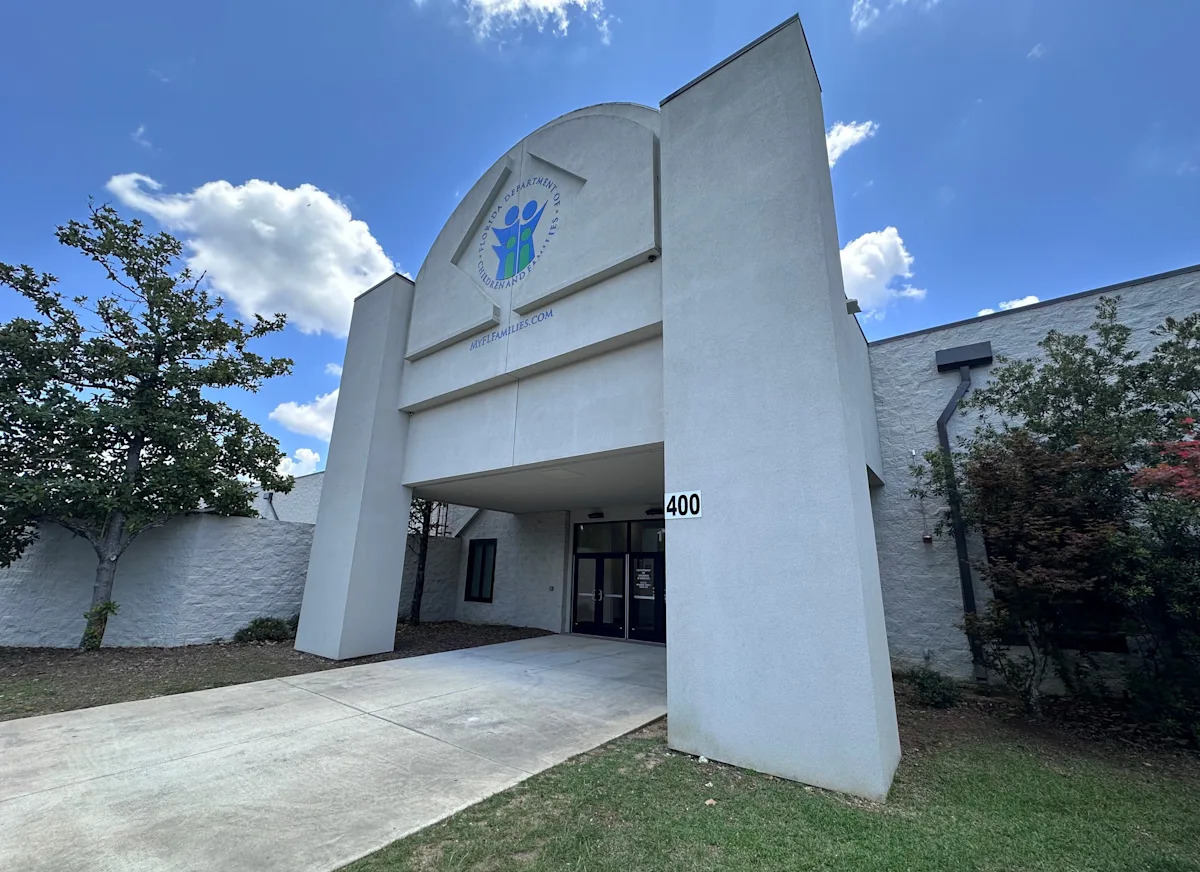Nearly 3 million Floridians who receive food stamps could see their benefits for November delayed if the federal government shutdown lasts through Nov. 1.
The U.S. Department of Agriculture sent a memo to state administrators of the Supplemental Nutrition Assistance Program, or SNAP, earlier this month, alerting them they won’t receive disbursements for November while the shutdown persists.
That will affect the 42 million people receiving SNAP benefits, including 2.8 million in Florida, the Department of Children and Families confirmed. It’s the state agency that administers the program; SNAP is funded by the federal government but administered by the states.
“If the federal government shutdown continues into November, SNAP benefits for November will not be issued until the federal funding is restored,” DCF spokeswoman Anna Archambault wrote in an email.
But she also stressed that SNAP recipients will still get their benefits during October and DCF is continuing to process all initial applications and renewals. Also, any existing SNAP benefits will remain available. If someone has already submitted their application, there’s no need to reapply, Archambault said.
And when funding authority is granted by Congress, SNAP benefits will continue: DCF “is monitoring the federal government shutdown closely and is committed to resuming benefits as quickly as possible once funding is restored,” Archambault wrote.
Only households earning less than 200% of the federal poverty level – or $64,300 per year for a family of four – can qualify for SNAP benefits. The funds can only be spent on unprepared food and can’t be spent on alcohol, pet food, soap, paper products, vitamins, medicines or prepared hot food.

The Florida Department of Children and Families offices at the Centre of Tallahassee on North Monroe Street.
Government shuts down amid health care funding fight
The federal fiscal year ended Oct. 1 without Congress passing a budget or a continuing resolution to keep the federal government funded, shutting down most of its agencies and functions.
While Republicans control the U.S. House, U.S. Senate and the White House, the existence of the filibuster in the Senate effectively requires 60 votes in the 100-member chamber to pass most legislation. Republicans have a 53-45 advantage over Democrats in the Senate, with two independents who caucus with Democrats.
Democratic leaders have refused to vote for a continuing resolution unless GOP leaders extend subsidies for health insurance plans on the Affordable Care Act marketplace. The expiration of the subsidies is set for the end of the year, which would price millions of Americans out of the marketplace, leaving them uninsured.
Aside from the shutdown, there are other federal factors that will affect Florida’s SNAP program in the near future.
The “One Big Beautiful Bill” Act signed into law by President Donald Trump on July 4 requires states to pay more in administrative fees, and if they have a high error rate, to pay a portion of the benefits too.
Florida and other states split administrative costs of the program with the federal government 50-50. The Act pushes that to a 75-25 state-federal split starting Oct. 1, 2026.
That change will cost the state an extra $50.6 million per year, DCF assistant secretary for economic self-sufficiency Bridget Royster told the House Human Services Subcommittee on Oct. 8.
The biggest hit to Florida, though, could be the Act’s requirement that states have a SNAP payment error rate below 6% to avoid paying a portion of the benefits themselves. The error rate measures the percentage of benefits that are incorrectly issued, either overpaid or underpaid, to recipients.
Starting Oct. 1, 2027, states with error rates between 6% and 7.99% will pay 5% of their SNAP payments; those with an error rate falling between 8% and 9.99% will pay 10%; and those with an error rate of 10% or higher will pay 15%.
Florida’s error rate in 2024 was 15.13%, the fourth-highest among states and U.S. territories. If the rate remained above 10% by 2027, Florida would pay about $1 billion in SNAP benefits.
Royster told the panel DCF is working to reduce that rate, which was driven up by a series of hurricanes that added to the SNAP rolls, and the 2025 rate is lower, hitting 8% for the month of May.
“The department is identifying operational process improvements, policy enhancements and technology solutions to ensure we continue to drive quality,” Royster said. “We’re moving in the right direction and actively working towards achieving a payment error rate of less than 6 percent.”
The last time Florida was had an error rate of less than 6% was 2019 – before the COVID-19 pandemic.
Gray Rohrer is a reporter with the USA TODAY Network-Florida Capital Bureau. He can be reached at grohrer@gannett.com. Follow him on X: @GrayRohrer.
This article originally appeared on Tallahassee Democrat: SNAP benefits at risk for Florida families during shutdown

